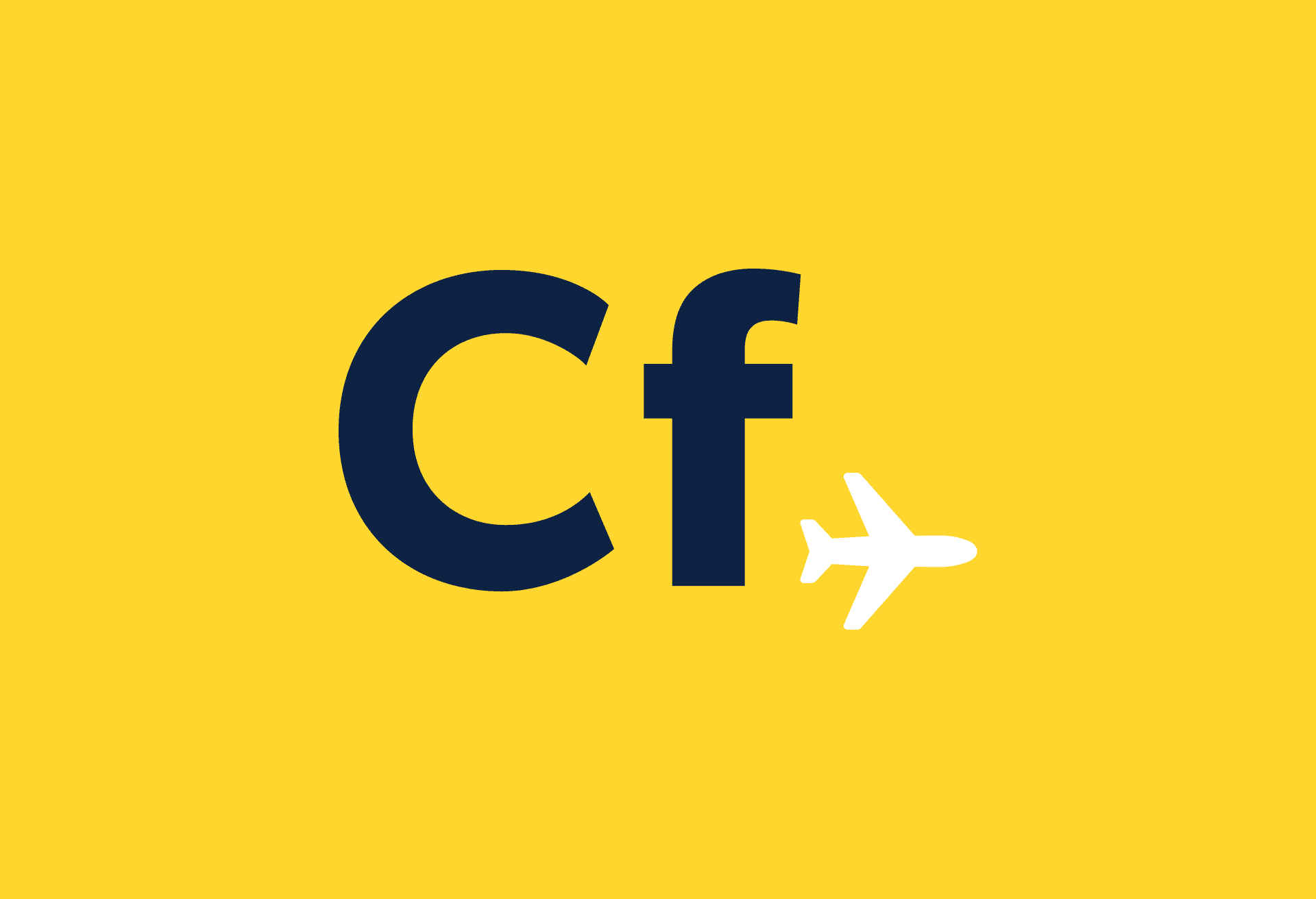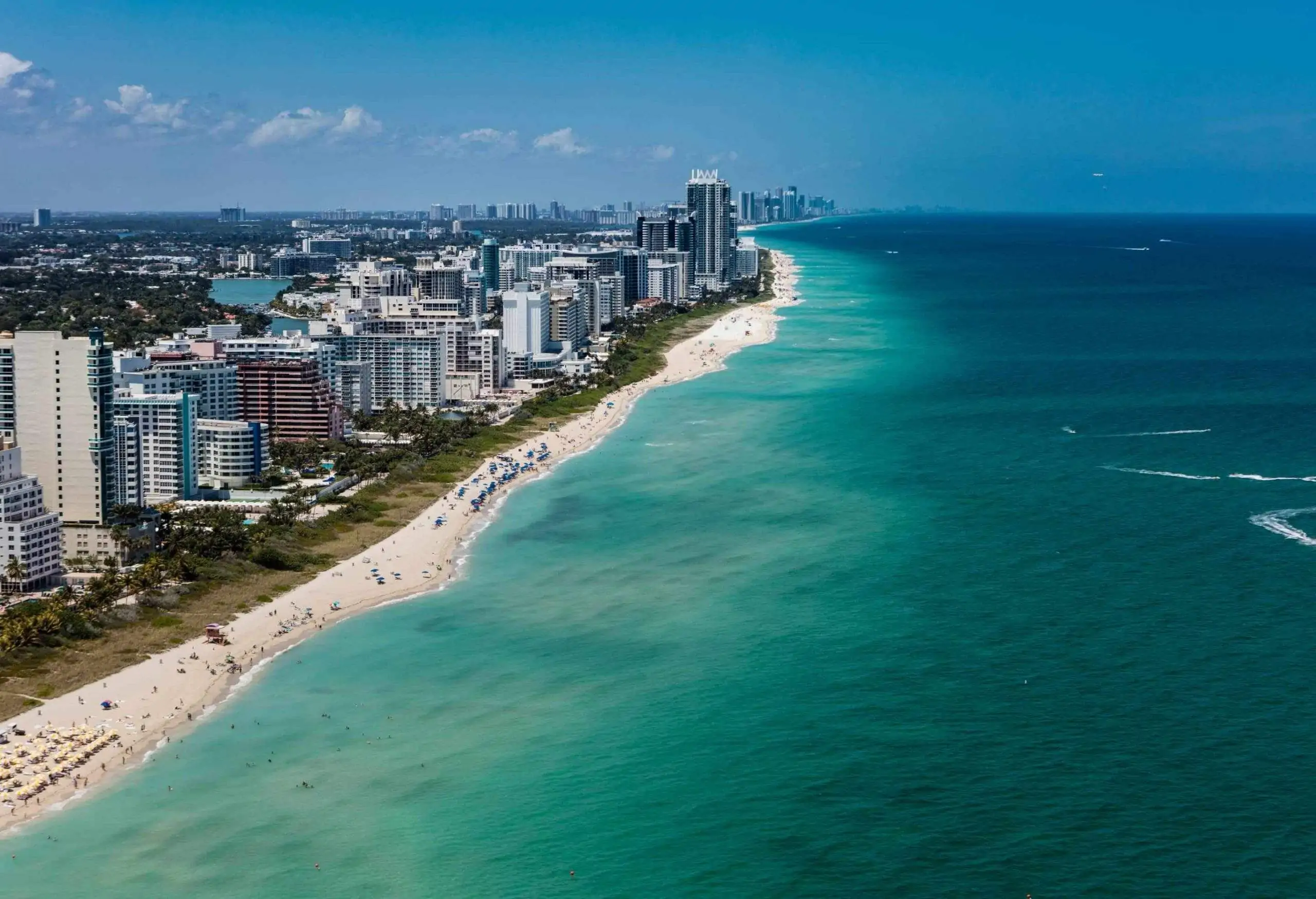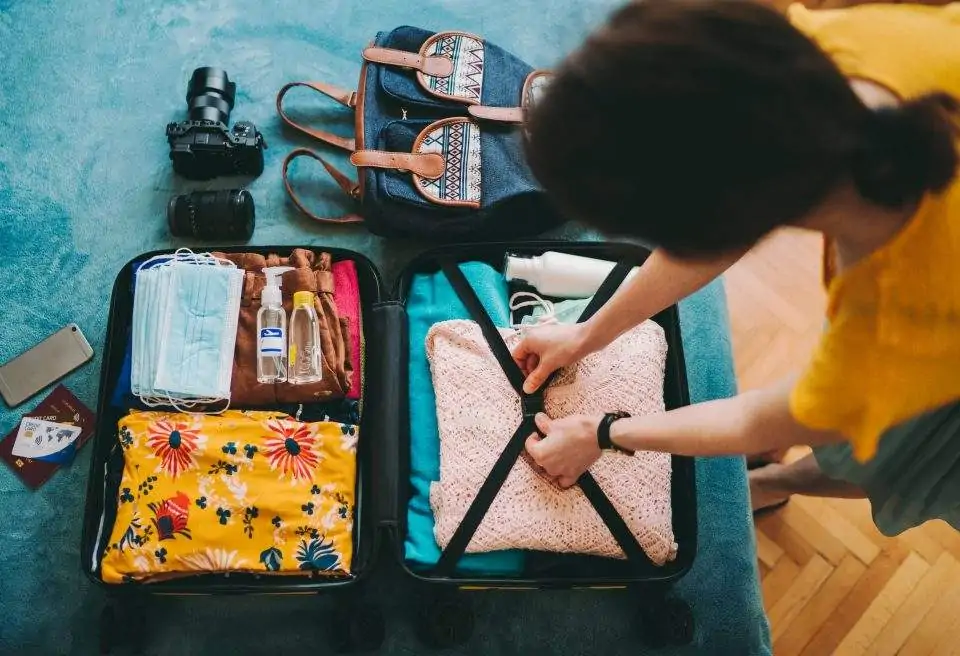The holiday season is just around the corner, and the promise of fresh snow is in the air. While some prefer to get a head start on holiday shopping or escape to sunnier lands, others are unanimous in their priority this season: racking up the runs. They’ll be in good company — many large resorts welcome millions of visitors each year. That’s a lot of skiing.
If you’re looking to hit the slopes without taking a hit on your wallet, here are seven ways to stretch your skiing dollar.
Look for deals on equipment
Before you get out on the mountain, you’ll need some gear: skis, boots, poles, a snowboard (if you prefer to ride) as well as goggles and a helmet. If you’re trying to stick to a budget, you’ll want to look for deals on equipment. Try to find used skis or buy at the end of the season when the sales hit. Attend local ski swaps (check newspapers or search online to find listings in your area) or stop by your local ski store to assess fit and brand then bid for used equipment on sites like EBay.
If you’d prefer to rent items like skis, boots and poles at the resort, you can often save money by reserving your gear in advance through sites like rentskis.com, skibutlers.com or the website of the mountain you’re headed to.
Speaking of renting, check out sites like rentsnowclothes.com and mountainthreads.com if you want ski jackets, pants and the like for hire (and delivered to the resort). With fast-growing kids and big baggage check fees, rental ski clothes can sometimes be a better fit. Other tricks for cutting warm clothing costs: browse thrift and second hand stores and, if you are small in stature, check out youth sizes. The difference between big kids and small adults often isn’t that large while the difference in price is. This holds particularly true for helmets, goggles, gloves and boots.
Keep in mind that ski companies also tend to set up tents at the base of some mountains to promote their gear, and they’ll sometimes allow you to demo equipment for free.
Purchase lift tickets in bulk
If you’re planning to frequent a particular mountain or group of mountains, one of the easiest ways to save money is to invest in a season pass instead of purchasing one-off daily tickets. For shorter ski trips, look for passes that are available in three- or four-day bundles. For example, Maine’s Sugarloaf Mountain offers a frequent skier card for $99, which includes a free day of riding or skiing as well as $25 off on mid-week tickets and $15 off on holidays or weekends, plus the option to use the card at other sister resorts in Missouri and Montana. Check out discount lift ticket sites such as liftopia.com or LiftTickets.com for potential savings.
If you’re planning to make an annual ski trip into a family outing, check with your respective resort to see if a ski passport program is available for kids. These programs often provide free or discounted passes to kids within a certain age range who are learning to ski.
Look for packages
Whether you’re booking a sunny Caribbean getaway or a ski vacation, it pays to shop around and look for bundles. Before the peak season hits, many resorts offer discounted packages with air, lodging and lift tickets bundled together for a fraction of the regular package price. Check to see if resorts offer complimentary transportation to and from the airport. You may also want to look into public transportation if transport isn’t offered, especially if you won’t need wheels once you get to the resort.
Make a list of resorts you’d like to visit and sign up for newsletters that will clue you in to current deals. Also, check with your chosen resort for undiscovered perks. For instance, Whistler Blackcomb offers an “EDGE” Card that comes with discounts, free days and more for Canadian and Washington state residents. Other resorts offer military discounts or group perks.
Plan ahead when packing
If your skiing or snowboarding ambitions take you far from home, then you need to plan ahead for the challenges of getting your gear there with you (or opt to get gear once you get there). If you want to ski with your own equipment, and you are an advanced planner, step one is to do some homework on shipping options. Those who have planned (and packed) enough in advance may find that shipping everything ahead of time, whether via UPS or FedEx or a service like Luggage Forward, is the right approach.
If you are checking everything through with you when you fly, know your airline’s rules. Most will count a set of skis and poles and an accompanying bag with the boots and helmet as a single item in terms of baggage count. (It is even usually counted as a regular bag – no oversized baggage charges.) However, if you have a big boot or gear bag or one that is obviously packed with other items, the two-for-one discount goes out the window.
All that is left, then, is to cram your warm clothes into as little space as possible. (Don’t forget about spaces like inside the pockets of your jacket; items such as socks fit nicely in those areas.) Fortunately, today’s fabrics are much less bulky than the woolies of old. And, just like when skiing, layers can be your friend when flying. After all, what you wear doesn’t count toward your baggage and or weight limit. There are those who take that to the extreme and fly in their ski boots. With the current baggage rules, though, we counsel wearing your bulkiest slope-side boots.
Look for cheap dining options
Be a frugal foodie! Avoid the pricey dining options at the lodge by fueling up before you hit the slopes. Find a home-away-from-home for your time off the mountain so you can easily prepare your own meals. Many lodging options near ski resorts are close to grocery stores and feature rooms with kitchenettes or even full kitchens. Think ahead, plan a food budget for your getaway and shop accordingly when you get there. Big pots of hot, hearty soups are welcome (and affordable!) options after a long day of skiing.
If you still want to eat at the resort, consider sitting at the bar — some resorts offer free food during happy hour or discounted bar bites that you can fill up on. Skip the pricey cocktails (every skier needs a reward, right?) and stock your kitchen with libations such as beer, hot chocolate and Kahlua or Baileys, or apple cider and alcoholic (or not!) ginger beer.
Don’t let mid-day hunger hit your wallet either. Pack snacks such as trail mix, granola bars and peanut butter and jelly sandwiches. Bring lunch with you so you don’t need to spend extra. Opt for a refillable hydration pack or carry a soft sports bottle you can refill.
Book during the off-peak season
Traveling to Cancun during spring break may break the bank, and booking a ski trip for peak season (typically January, February and any school holidays) will likely yield the same results. Not to mention you’ll likely be greeted by long lift lines and crowded slopes.
Head to the mountain during the off-peak months, particularly early or late in the season when there are often better rates and much emptier resorts. Check resort websites or call any mountain’s front desk directly to see what kind of deals you can take advantage of. Also, consider a mid-week trip versus weekend stays for better rates.
Once you are on the mountain, keep the same mindset and get the most bang for your lift ticket buck by avoiding the crowds. The early skiers not only get the best conditions but fast trips up and down the slopes. Get in a full morning by 10:30 a.m., when the bulk of skiers get going, and then grab an early lunch so you can take advantage of the lull when everyone else is eating. If you still end up at the end of a long lift line, go it alone. You and your party can ride up individually in the fast-moving “singles” line and then regroup at the summit.
Consider small or undiscovered mountains
There are great ski resorts all around, and they often feature lift tickets that are a fraction of the prices you’ll find at more well-known mountains. Consider unexpected locales. For example, many Americans may think of Colorado or northern New England as ideal skiing destinations, but there are plenty of family-friendly (and more affordable) mountains in places like Virginia and southern New England. Mont Tremblant or Whistler are often considered the best options in Canada, but families can head east to Marble Mountain in Deer Lake, Newfoundland for some less-crowded family fun. At Colorado’s Wolf Creek lift tickets are half of what they are in Vail. Places like Bulgaria, Poland and Bosnia and Herzegovina are often seen as undiscovered skiing locales.
(Main image: trysil)




